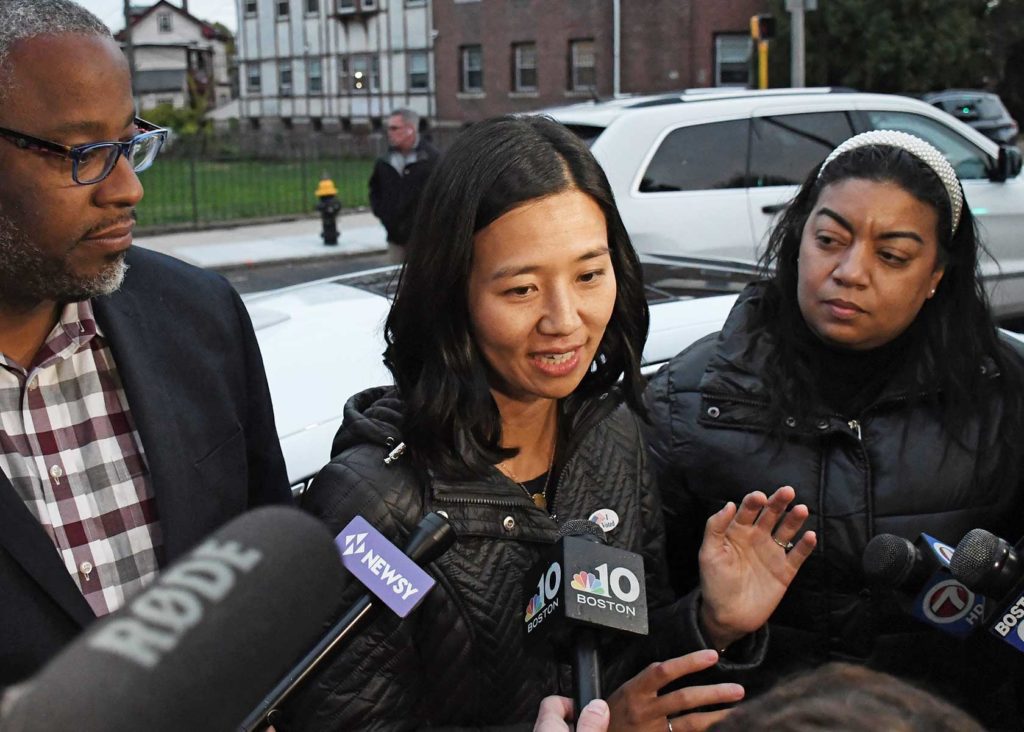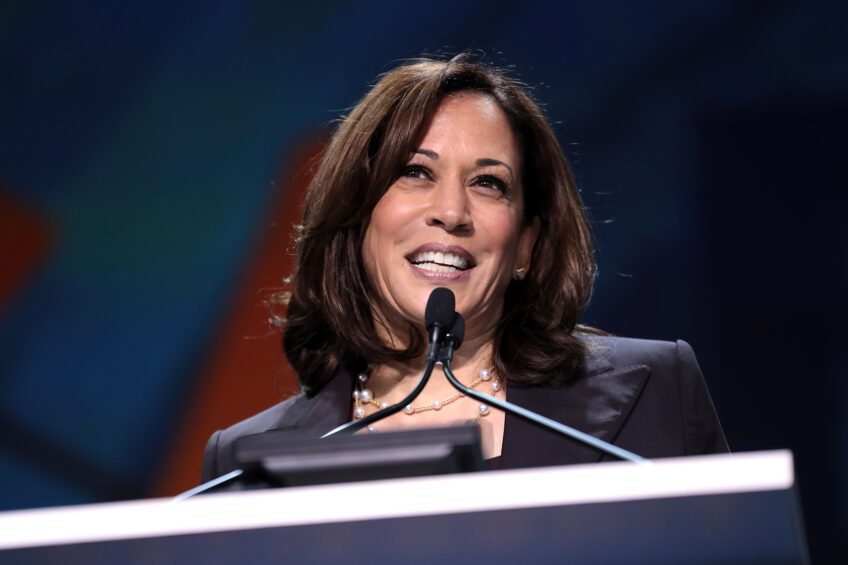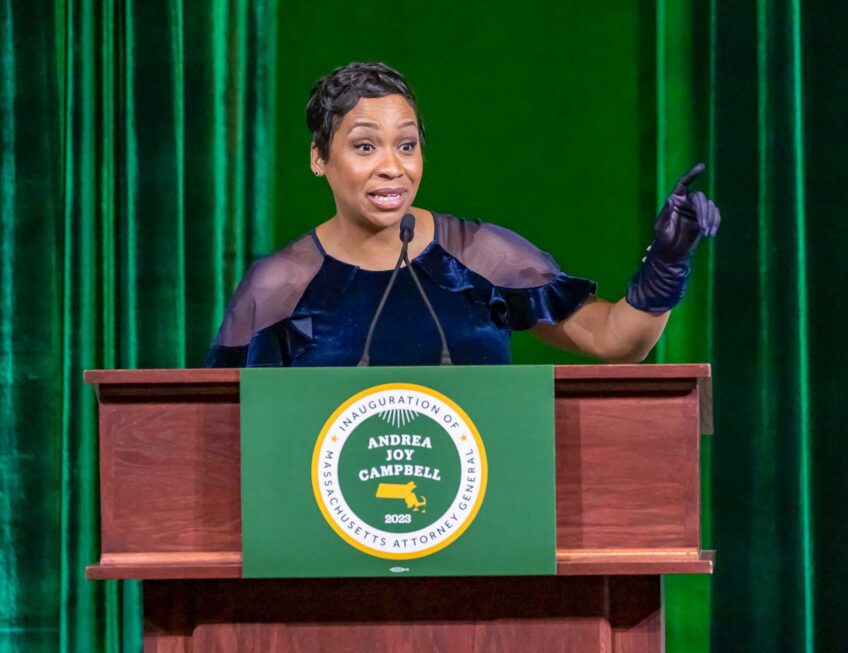
When the administration of mayor-elect Michelle Wu takes power in City Hall two weeks from now, one of the most pressing items on the to-do list will be the Boston Public Schools. With a $1.4 billion budget, the schools take up a third of the city’s budget, educate more than 48,000 students and employ more than 10,000 staff.
While by many standards, including high school graduation rates and college matriculation, the schools are doing well relative to other large urban districts, deep inequities have long plagued Boston’s school system.
Wu’s administration will have to contend with major changes in the schools. Below are some of the most pressing issues.
Potential DESE takeover
Before the COVID pandemic ground things to a halt in March of 2020, BPS Superintendent Brenda Cassellius signed a memorandum of understanding (MOU) with the state’s Board of Elementary and Secondary Education agreeing to a series of benchmarks, including improved test scores at the 34 BPS schools ranked among the lowest 10% of schools in the state based on students’ MCAS test scores.
Failure to meet these and other benchmarks could result in a partial or complete takeover of the school system by the state, according to the terms of the MOU. This possibility has education advocates worried, given the state’s sub-par performance running smaller districts — Lawrence, Southbridge and Holyoke — all of which remain among the 10 lowest-scoring and lowest-income districts in the state after as many as 10 years in receivership.
The MOU came after a Department of Elementary and Secondary Education audit detailed longstanding problems in BPS. It also came after Mayor Martin Walsh had committed $100 million in additional funding to address many of the problems outlined in the audit, and just weeks before the COVID pandemic forced school districts across the state into remote learning.
Paused for a year at that time, the MOU calls on BPS to implement the state’s Common Core standards for graduation at all high schools, improve on-time arrival of buses to schools, increase the diversity of the district’s teaching staff, and repair and upgrade bathrooms in school buildings.
Special education
The MOU also calls on BPS to undertake a reconstruction of its special education services, increasing the number of students with disabilities learning in regular education classrooms. While BPS has in recent years committed to increasing the number so-called inclusion classrooms — those in which teachers are certified to give instruction to special needs students — the district has more often than not done so without additional staff. Teachers, special education advocates and Boston Teachers Union (BTU) officials say such classrooms require more than one specialist, in addition to the general education teacher.
Funding
Despite the Walsh administration’s commitment of $100 million in additional funding, the improvements outlined in the MOU and other improvements called for by the BTU and the district itself, such as libraries and nurses in each school building, will add substantially to the costs of running the more than 120 buildings in the system.
State funding for BPS has shrunk over the years from making up nearly 30% of the district’s budget in the 1990s to less than 10% now. Although the Legislature passed the Student Opportunity Act in 2019, committing to increasing state spending on education by $1.5 billion over a seven-year period, lawmakers last year underfunded the commitment, citing concerns over what many thought would be declining state revenue due to pandemic shutdowns of businesses and layoffs.
It remains unclear how much state funding for schools Boston can expect.
Transportation costs
Transportation takes up nearly 10% of the school district’s budget, far more than in other major cities. Boston offers yellow bus service to students in kindergarten through sixth grade, as well as to students of all grades whose commutes involve more than 1 transfer between buses or trains. The district also provides bus service to students in charter, parochial and private schools.
Because of the city’s history with school desegregation, busing has been controversial in some white neighborhoods, where parents and political representatives have long advocated for neighborhood-based school assignments. Activists in Black and Latino communities, where there are more students than available seats in schools, have argued that providing transportation to students enables low-income students access to schools with more resources than those in their home neighborhoods.
A significant portion of the district’s transportation costs derive from state and federal mandates that students with special needs receive door-to-door transportation services.
School closures
At the beginning of Walsh’s term in office, he and some education advocates spoke openly about “right-sizing” the district — closing some of the then-126 school buildings in Boston. Over the years, the BPS population has been shrinking as the number of families with children declines in the city. In 2020, DESE put the number of BPS students at 48,000, down from 55,000 just a few years before.
In cities across the country, school closures remain unpopular and present political pitfalls for elected officials. Nevertheless, over the eight years of the Walsh administration, buildings did close, often under the pretext of unsafe conditions, as was the case with the West Roxbury Education Complex.
This year, the city is closing the Jackson/Mann K-8 school, the Timilty Middle School and the Washington Irving Middle School — the latter two as part of the district’s push to eliminate middle schools. Additionally, the McCormack Middle School is slated to merge with the Boston Community Leadership Academy, forming a grade 8-12 high school in the former’s existing Dorchester building.
BuildBPS plan
Walsh launched a 10-year, $1 billion master plan in 2016 to construct new schools and upgrade existing buildings. The plan would construct school buildings in neighborhoods including Roxbury, Dorchester, Mattapan and Hyde Park.
The push to upgrade existing buildings was made more urgent by the COVID pandemic, which underscored the need for better air circulation, heating and cooling systems. The vast majority of BPS buildings have no air conditioning or forced air circulation.
Governance
In several polls conducted in recent months, a majority of Boston voters support a return to an elected school committee. A nonbinding referendum on the Nov. 2 ballot is expected to pass. A change in the structure will require that a home rule petition pass in the City Council and be signed by the mayor before it’s approved by the Legislature. With an elected or some type of hybrid elected and appointed body, the mayor will have some checks on her power to enact or change policies in the schools.






